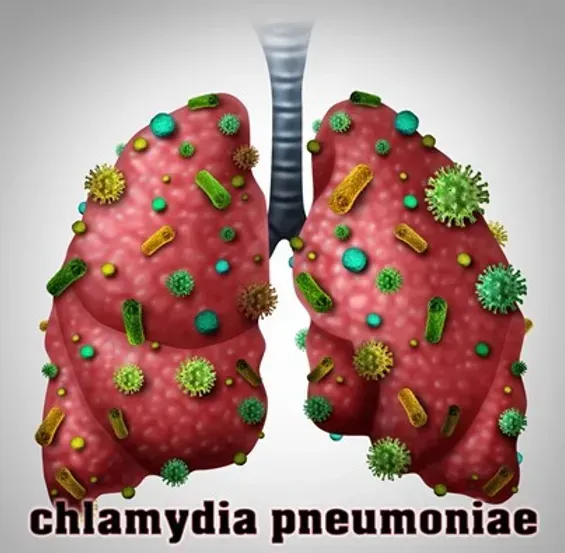News and Events
Read Our Blog

Lyme Coinfection Series- Chlamydia Pneumoniae
“Knowledge itself is power” ~ Sir Francis Bacon
This is a continuation of our Lyme and coinfection series to help educate you. This is the 10th coinfection we are writing about (and we are not done yet!). When we talk about co-infections, we refer to infectious bacteria transmitted simultaneously with Lyme via tick bite. Borrelia burgdorferi is the Lyme-causative bacteria, but it is not the only strain that ticks can carry. Some co-infections are more serious than others, and some become more serious when paired with others.
Lyme disease and associated coinfections are often overlooked by the wide majority of medical professionals; this is compounded by the fact that Lyme is not well understood by many doctors, due to differing guidelines and beliefs about chronic Lyme disease. Luckily, Central New York has Dr. Heidi Puc, who has undergone training through the International Lyme and Associated Diseases Society (ILADS) as well as a preceptorship with Dr. Richard Horowitz, a specialist in the field.
Chlamydia pneumoniae is a type of bacteria that causes respiratory tract infections, such as pneumonia (lung infection). The bacteria cause illness by damaging the lining of the respiratory tract including the throat, windpipe, and lungs. Some people may become infected and have mild or no symptoms.
The infection most often presents as an upper respiratory tract infection. Common symptoms, if present, can include fatigue, mild fever, stuffy nose, sore throat, headache, and a worsening cough. An ear or sinus infection might also develop. For most people who catch chlamydia pneumoniae independently of other conditions, this is the extent of the symptoms.
There is also an aspect of the bacteria that makes it particularly dangerous for Lyme patients: chlamydia pneumoniae has been linked to the development of arthritis. It can infect the nervous system and cause a wide range of motor neuron problems. One of the most prominent symptoms of chronic Lyme disease is joint pain and muscle aches. These two infections can compound each other, worsening symptoms for patients
Chlamydia pneumoniae can be tough to diagnose initially, especially if there are minimal or no symptoms, but there are multiple ways of going about it. Blood tests will show whether specific antibodies are present, indicating the disease.
Treatment recommendations are based on individual expert opinions. Chlamydia pneumoniae, among numerous other infections, should be considered every bit as problematic as Lyme disease when it accompanies it into the bloodstream. At IMCNY, we look for the presence of this important coinfection.
Contact the office for more information at (315) 741-5774.
Resources:
https://pubmed.ncbi.nlm.nih.gov/23400696/
https://lyme-time.com/2019/10/07/lyme-co-infections-what-is-chlamydia-pneumoniae/
https://www.cdc.gov/pneumonia/atypical/cpneumoniae/about/causes.html

Our Calendar of Events
Subscribe to Our
Newsletter and Updates
LOCATION
1386 State Route 5 West Suite 203
Chittenango, NY 13037
OFFICE HOURS
Monday: 8 am - 4 pm
Tuesday: 8 am - 4:30 pm
Wednesday: 8 am - 5 pm
Thursday: 8 am - 4:30 pm




